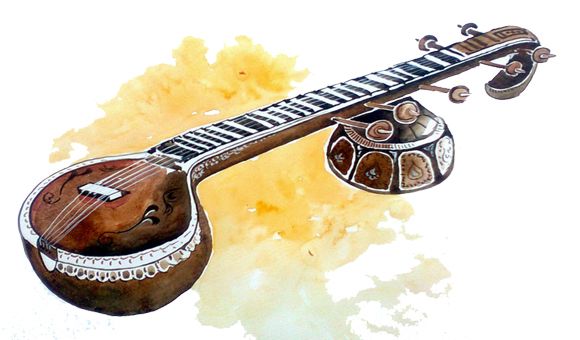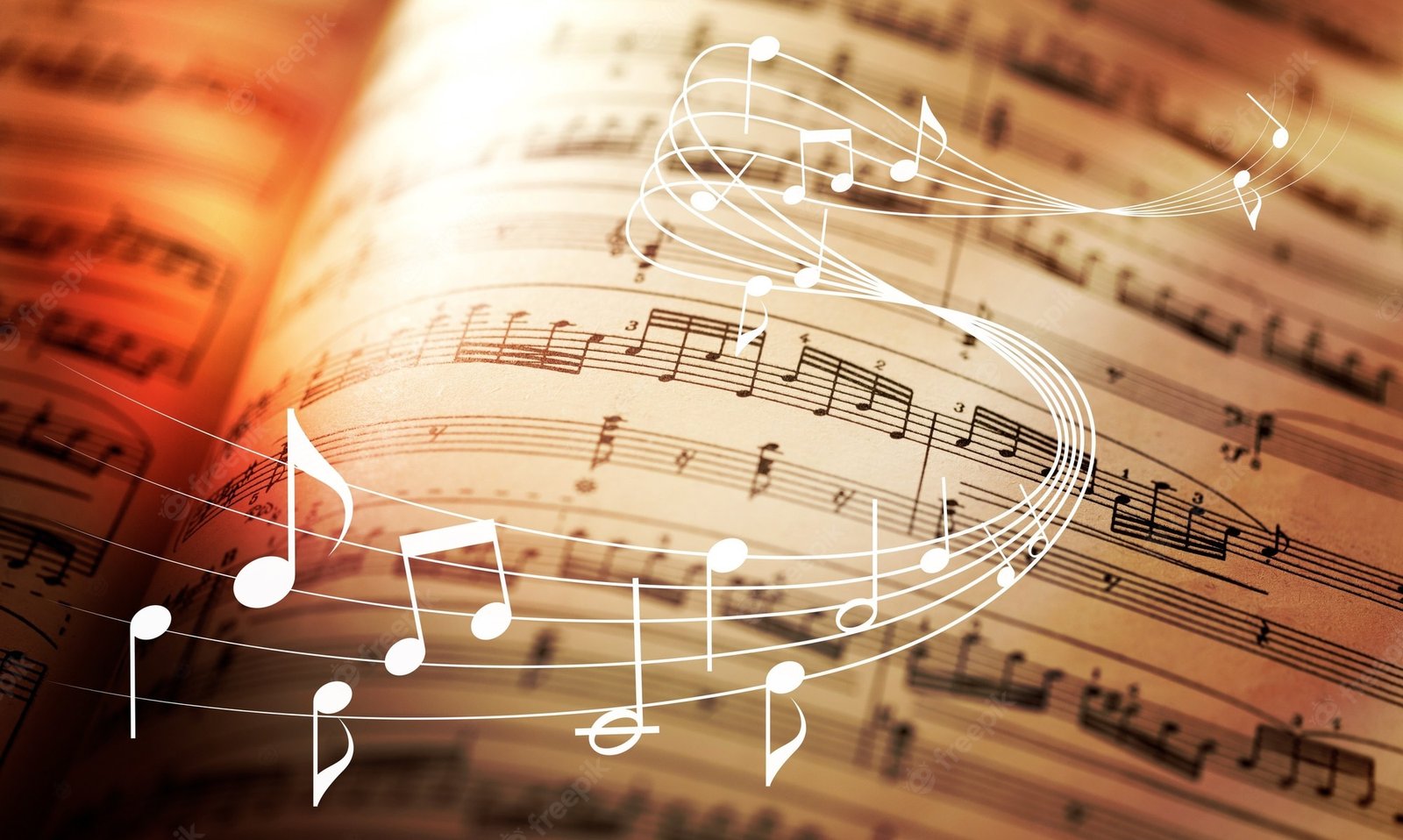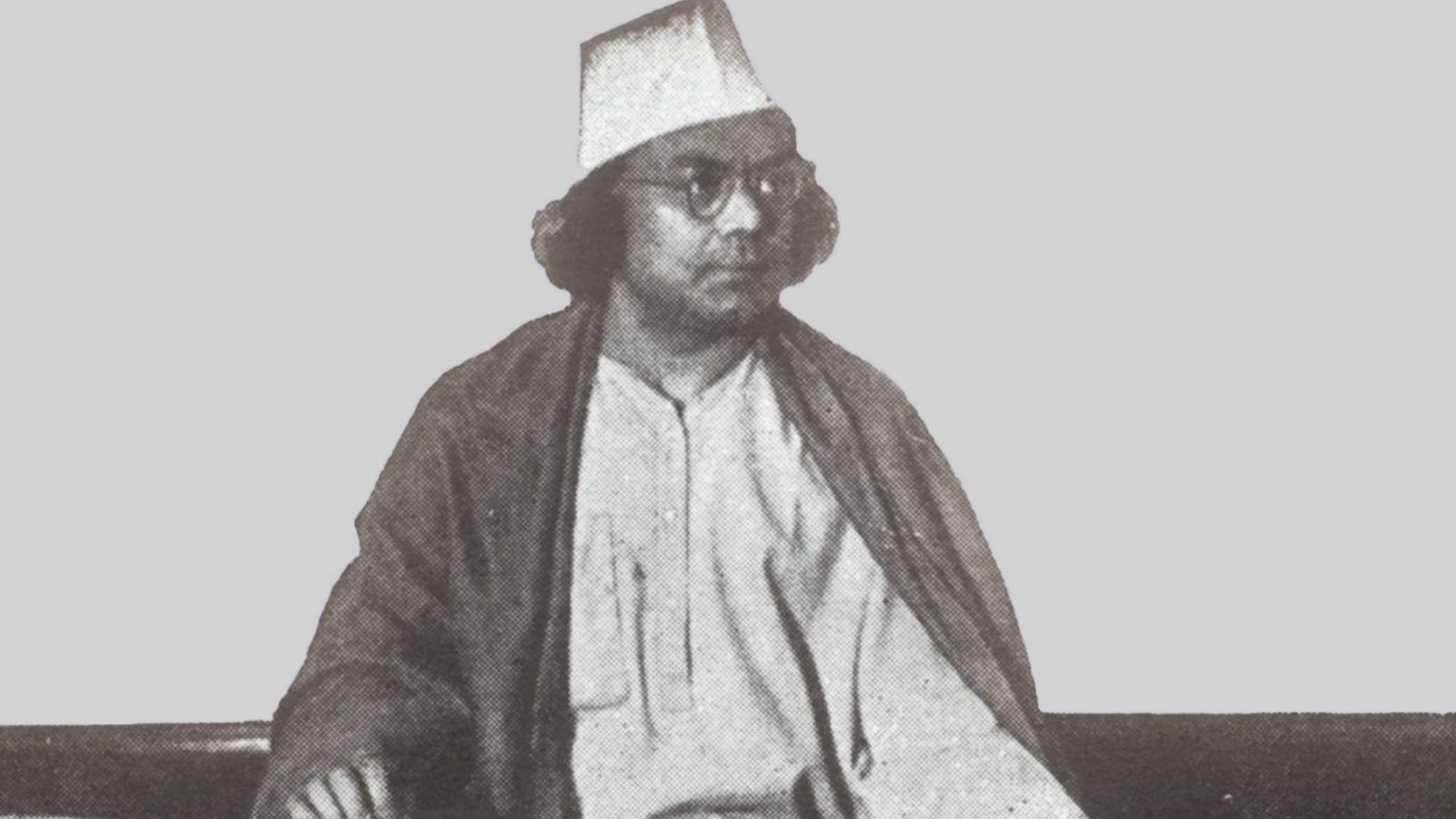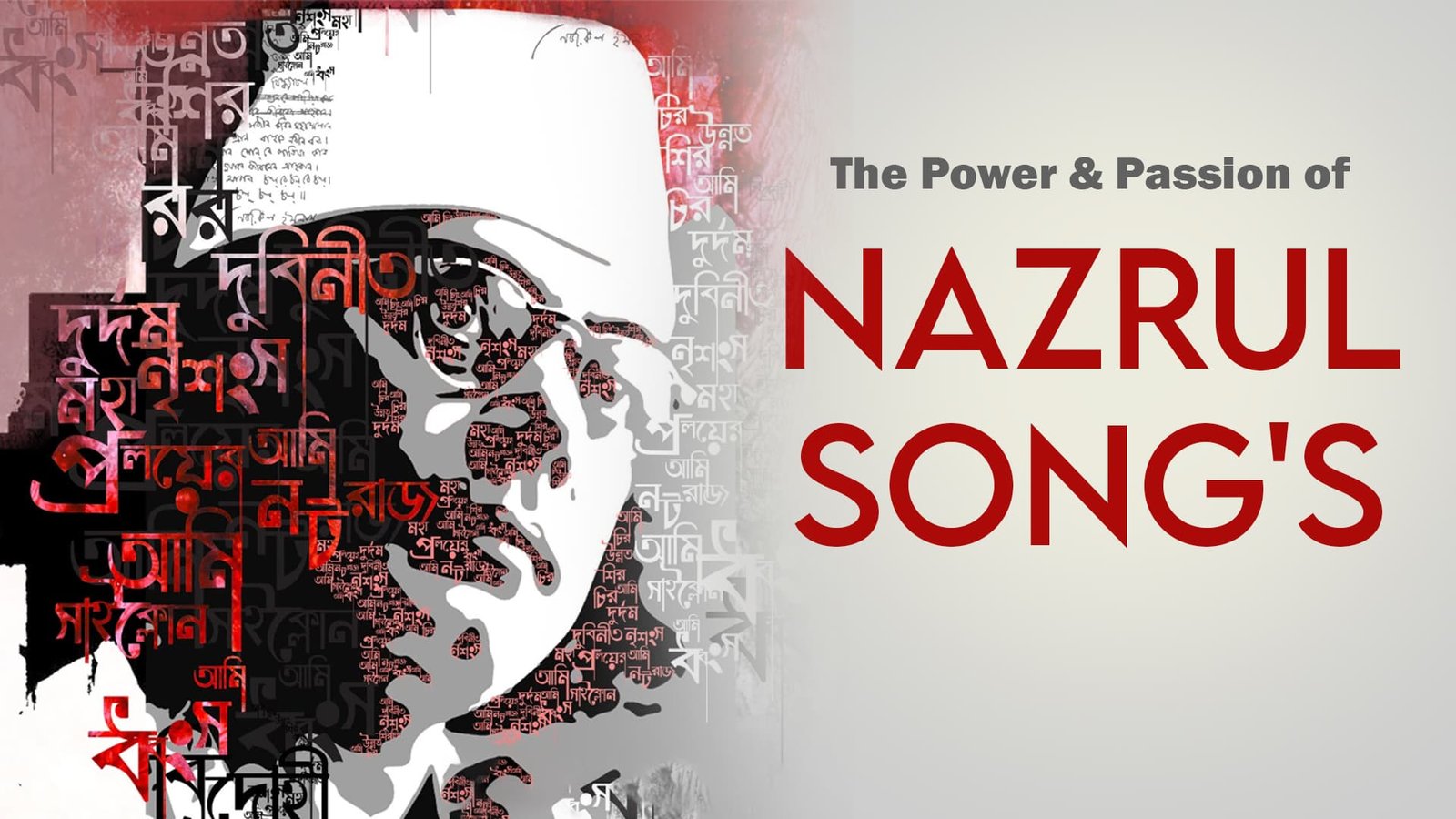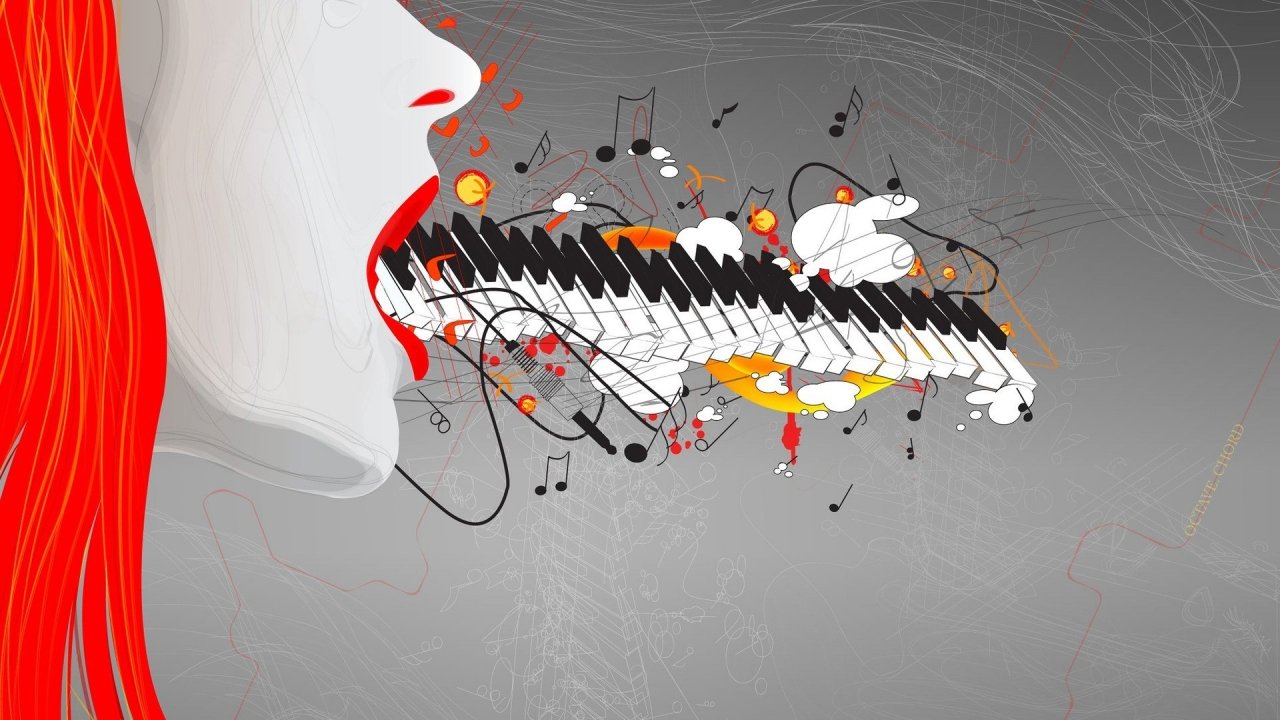The Rudra veena, also known as the Bn in North India, is a large plucked string instrument used in Hindustani classical music, particularly dhrupad. It is one of the most common types of veena used in Indian classical music, distinguished by its deep bass resonance.
The Rudra veena was mentioned in court records as early as Zain-ul Abidin's reign and rose to prominence among Mughal court musicians. Before Independence, Rudra veena players were supported by princely states as dhrupad practitioners; after Independence and India's political integration, this traditional patronage system ended. With the loss of this traditional support, dhrupad's and the Rudra veena's popularity in India declined.
The Rudra veena, also known as the Bn in North India, is a large plucked string instrument used in Hindustani classical music. However, in recent years, the Rudra veena has seen a resurgence in popularity, fueled at least in part by nonIndian practitioners' interest.
The name "Rudra veena" is derived from Rudra, the Hindu god Shiva's given name; Rudra vina means "Shiva's veena" (compare Saraswati veena). According to oral tradition, Shiva created the Rudra vina, with the two tumba resonator gourds representing either his wife Parvati's or the goddess of arts and learning Saraswati's two beautiful eyes, and the long dandi tube representing the merudanda, both the human spine and the cosmic axis. The traditional length of the fretted area of the dandi is nine fists—the distance from the navel to the top of the skull.
However, it is widely assumed that Shiva created the Rudra veena for the enjoyment of the other gods because Shiva enjoyed dancing and singing.
Another theory is that the asura Ravana invented the Rudra veena; inspired by his devotion to Lord Shiva, or Rudra, he named the instrument Rudra veena.
The North Indian vernacular name "bn" (also spelled "b") is derived from the preexisting root "veena," which is now used to refer to a variety of South Asian stringed instruments. While the origins of the term "veena" are unknown, one possible derivation is from a pre-Aryan root meaning "bamboo" (possibly Dravidian, as in the Tamil veam, "cane," or South Indian bamboo flute, the venu), a reference to early stick or tube zithers—as seen in the modern bn, whose central dandi tube is still sometimes made of bamboo.
